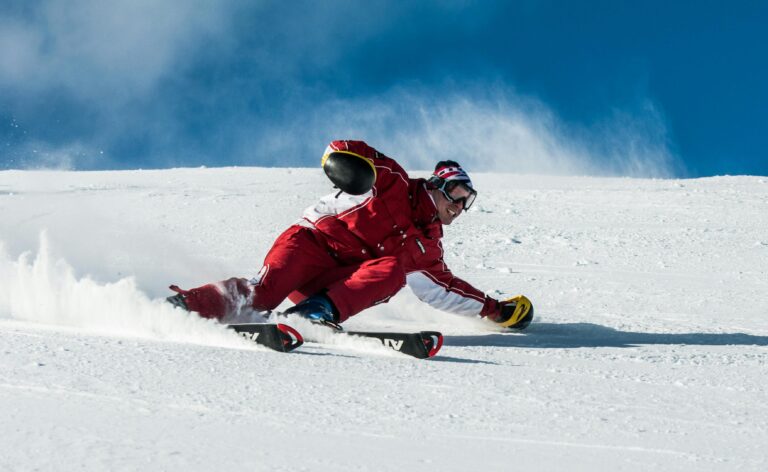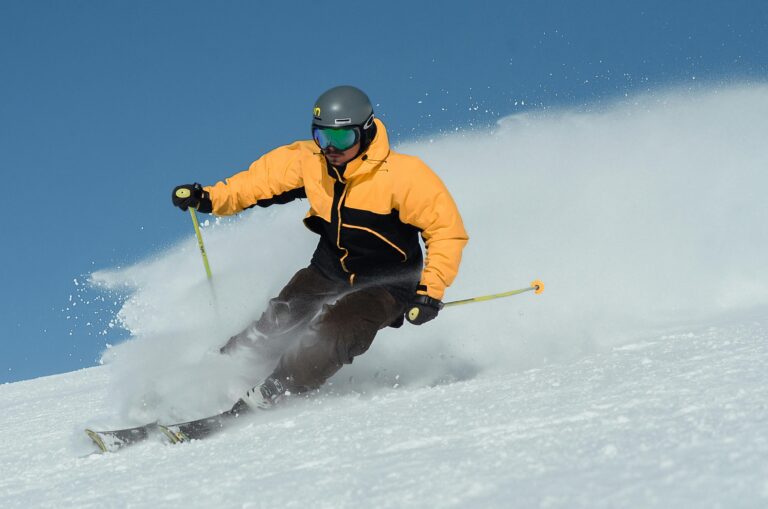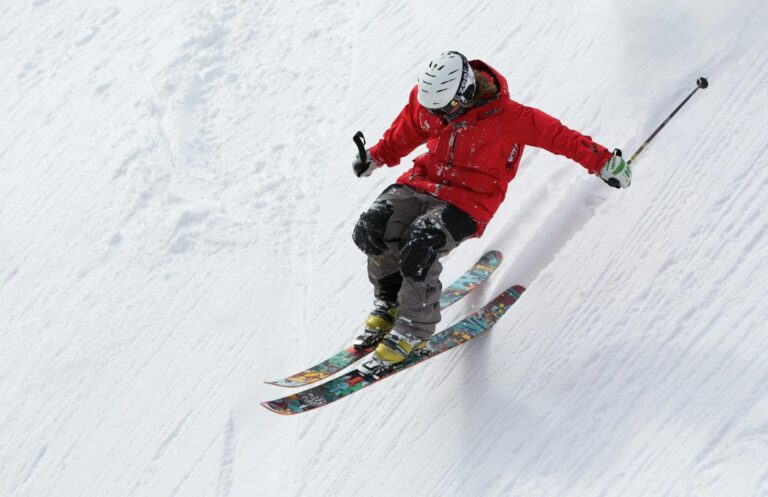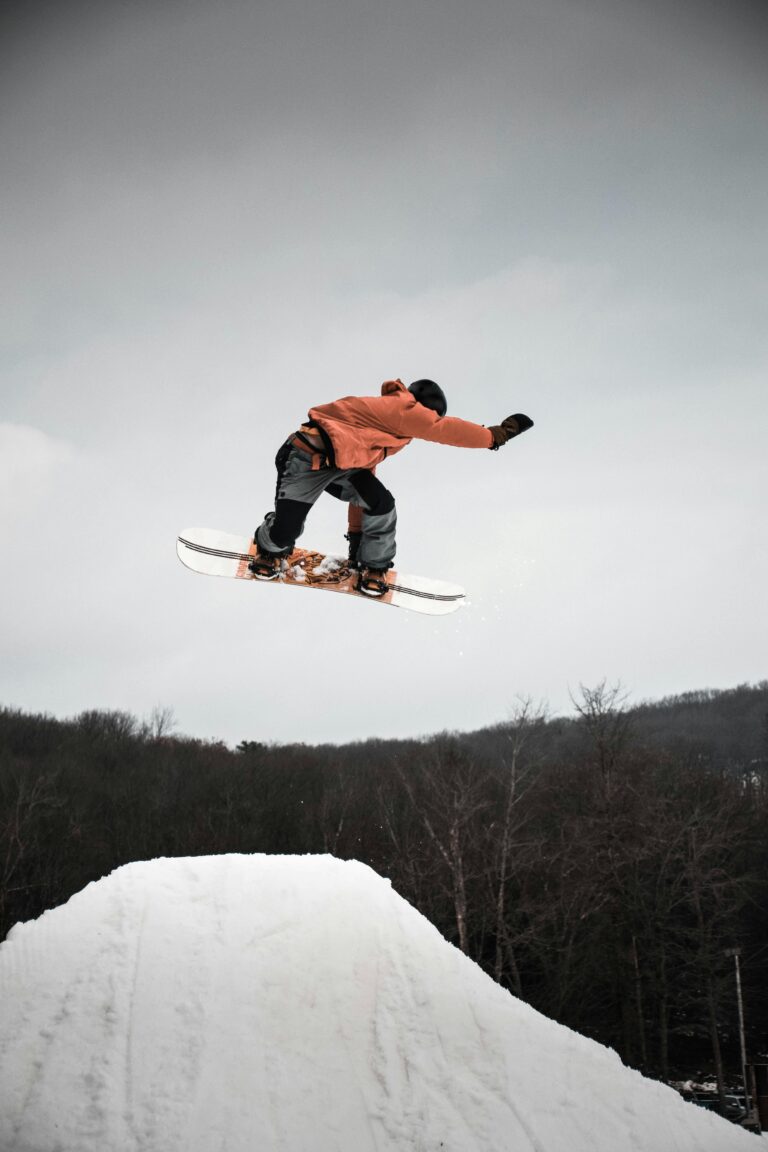Heading out on a ski trip? I bet your mind’s juggling a lot—zooming down slopes, sipping hot cocoa, and avoiding those embarrassing wipeouts. But here’s the thing: packing right matters just as much. A solid ski packing list can save you from freezing fingers and ruining your fun. This guide? It’s got everything you need to pack smart, dodge rookie mistakes, and hit the mountain fully prepped.
What to Pack for a Ski Trip?
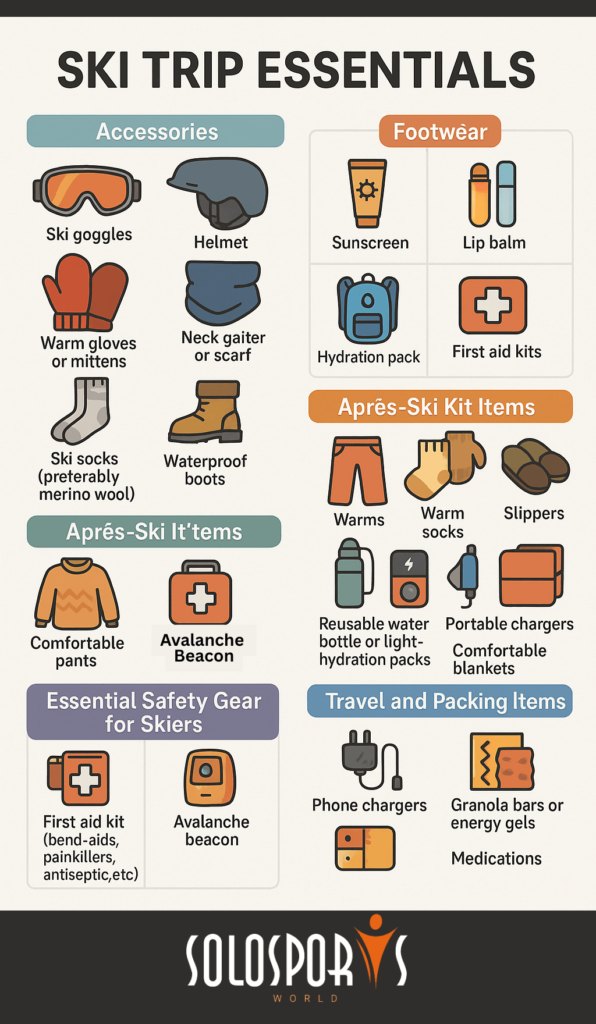
A ski packing list is a detailed compilation of essential items you need for a ski vacation, focusing on clothing, gear, accessories, and safety equipment. This list is critical for all types of skiers—beginners can avoid rookie mistakes, while seasoned skiers ensure they have all they need for optimum enjoyment on the slopes.
Trust me, packing right can make or break your trip. Forgetting gloves or layering badly can turn your day from epic to miserable, especially if you’re new to skiing.
When I first started, I learned this the hard way. I once forgot a second pair of warm socks on a chilly day—my feet were freezing, and I had to cut my ski session short. That was frustrating. And it’s not just about gear; feeling comfortable and prepared changes everything.
If families are tagging along, the stakes are higher. Kids don’t always speak up when they’re cold or uncomfortable, so packing proper insulated gear and thermals is a must to keep them happy and safe on the slopes.
Let’s get into the nitty-gritty—you’ll know exactly what to toss into your bag whether it’s a quick weekend or a longer escape.
What Should Beginners Pack for Their First Ski Trip?
New skiers should pack essential clothing layers, including moisture-wicking base layers, insulating mid-layers, and waterproof outer layers, along with key gear items such as skis, boots, and poles, plus vital accessories like goggles, helmets, and gloves. Proper gear fitting is crucial for a successful experience.
If you’re new to this, comfort and safety have to come first. Here’s your quick-start packing list for your first ski trip:
| Category | Items |
|---|---|
| Clothing Layers | Base Layers: thermal tops & bottoms, Mid Layers: fleece or insulated jackets, Outer Layer: waterproof jacket & pants |
| Ski Equipment | Skis, ski boots, poles, or consider rentals for first-time skiers |
| Accessories | Ski goggles, helmet, warm gloves/mittens, neck gaiter/scarf, ski socks (preferably merino wool) |
| Footwear | Waterproof boots for off-slope activities |
| Safety Items | Sunscreen, lip balm, hydration packs, and first-aid kits |
My biggest tip? Don’t just grab gear randomly—get fitted. I learned that snug, but not painful, ski boots make a huge difference. Swing by a ski shop or rent gear with a fitting session for your first time. It’ll save you from sore feet and frustration.
Want a visual walkthrough? Watch “What to Pack for Your First Ski Trip” Here.
How to Layer Effectively for Skiing?
The layering technique involves three key components: base layers for moisture-wicking, middle layers for insulation, and outer layers for wind and waterproofing. Choose materials like merino wool for base layers, fleece or down for middle layers, and resilient nylon or Gore-Tex fabrics for outer layers to adapt to changing weather conditions.
Layering might sound simple, but it’s key to staying comfy all day. Here’s how I break it down:
- Base Layer: Your skin’s first defense. Go for merino wool or synthetics that pull sweat away.
- Mid Layer: This traps heat—think fleece or lightweight insulated jackets.
- Outer Layer: The protective shell against wind, snow, and rain. Look for waterproof, breathable fabrics so you don’t get soggy or sweat trapped inside.
You’ll want to adjust layers as you go. Cold morning? Full-on triple layers. Midday sunshine? Peel off a layer or two before you start baking. A veteran skier once joked with me, “I always overpack my mid-layers and end up sweating buckets.” Don’t be that person—listen to your body and the weather.
What Are Common Pitfalls in Ski Packing?
Common pitfalls include forgetting essential items such as sunscreen, lip balm, ski socks, and personal items like phone chargers or medications. Many first-time skiers often overlook necessary snacks, leading to energy crashes on the slopes.
Here’s where most folks slip up:
- Sunscreen & Lip Balm: Snow reflects sunlight like crazy. I learned this after burning my nose on day one.
- Ski Socks: Bring extras! Wet or cold feet quickly kill your mojo on the hill.
- Chargers & Electronics: Don’t get stuck with dead phones or cameras—charge up and bring backups.
- Energy Snacks: I never hit the slopes without granola bars or gels. You don’t want to fund a snack emergency mid-run.
Missing these small things can turn your trip into a hassle. A friend of mine forgot their phone charger once and had to awkwardly borrow one from strangers—that’s a rookie move to avoid.
Packing Strategies for Multi-Day Ski Trips
Packing efficiently for multi-day ski trips differs from day trips. Emphasize versatile clothing items like interchangeable mid-layers, prioritize essential equipment, and optimize luggage with packing cubes to maximize space during longer stays.
Going for several days? Here’s how to pack smart:
- Versatile Clothes: Bring stuff you can mix and match—neutral colors, layers that work on and off the mountain.
- Save Space: Packing cubes or rolling clothes help keep things tidy and fit more.
- Think Laundry: If there’s a washer nearby, pack fewer items. Reuse and refresh to lighten your load.
I used to overpack until I realized most of what I brought wasn’t even necessary. A lighter bag means less hassle and more fun.
How to Pack Ski Gear for Air Travel?
Transporting ski gear safely requires following airline regulations, packing skis and boots efficiently, and employing creative packing hacks to optimize space and minimize weight. Most airlines allow for free ski gear, but always double-check their current guidelines.
Flying with ski gear? Here’s the lowdown:
- Ski Bags Are Your Friend: Padded bags with boot compartments keep your gear safe.
- Check Airline Rules Early: Limits on weight and size vary—knowing this saves money and headaches.
- Use Space Wisely: Stuff clothes or smaller gear into empty spots in your ski bag to avoid extra luggage.
Packing right makes sure your gear arrives ready to hit the hill, not needing repairs.
What Should Be Included in an Après-Ski Kit?
Your après-ski kit should include comfortable clothing, essential snacks, hydration solutions, and relaxation items like slippers and cozy layers to help you unwind after a day on the slopes.
After hammering the slopes, winding down feels amazing. Here’s what I pack for après-ski comfort:
| Category | Items |
|---|---|
| Clothing | Comfortable pants, warm socks, cozy sweaters, and slippers |
| Snacks | Trail mix or pre-packaged energy bars to refuel after skiing |
| Hydration | Lightweight hydration packs or reusable water bottles |
| Relaxation Gear | Portable chargers, comfortable blankets for relaxation |
Slipping into warm clothes, snacking, and hydrating properly turns your day from exhausting to enjoyable. Trust me, it’s the best way to recharge.
Essential Safety Gear Every Skier Should Have
Essentials for skier safety include items such as first aid kits, avalanche beacons, and helmets. Packing these items is crucial for preparedness, as they can be lifesavers in emergencies, especially for backcountry skiers.
Your safety gear might just save your trip—or your life.
- First Aid Kit: Keep a small one with basics—band-aids, painkillers, antiseptic.
- Avalanche Beacon: If you’re skiing off-piste, this is a must-have.
- Extras: Consider airbag backpacks or helmets with built-in comms if you want extra peace of mind.
The National Ski Areas Association shows these items reduce accidents and injuries. Don’t skip them.
Prepping well sets you up to enjoy skiing without stress—feeling warm, safe, and ready for the magic of winter slopes. Forgetting things is easy, but avoiding that makes your trip way better. Pack smart, stay comfortable, and have a blast out there!
Ready to see packing and skiing tips in action? Check these out:
Bonus: sharpen your skills with this instructional video:

